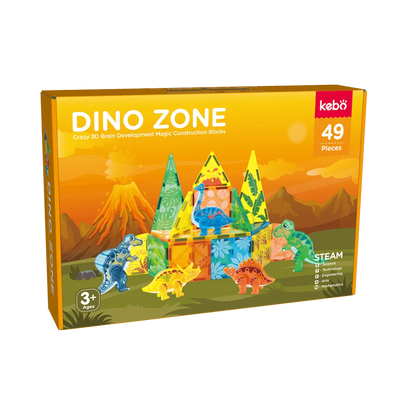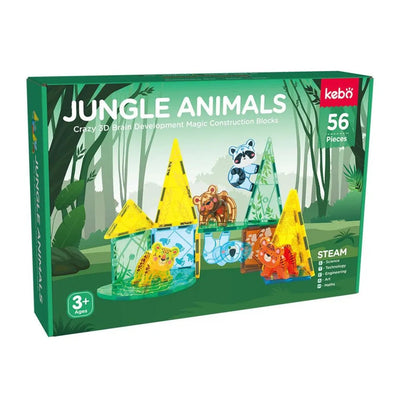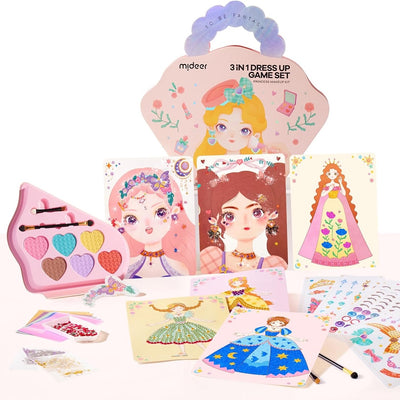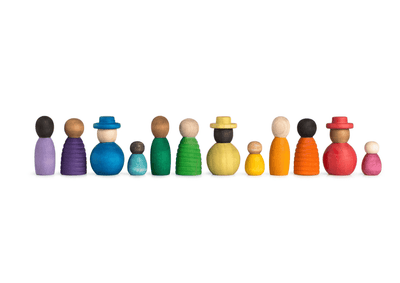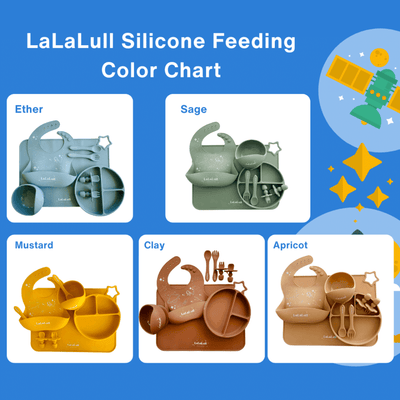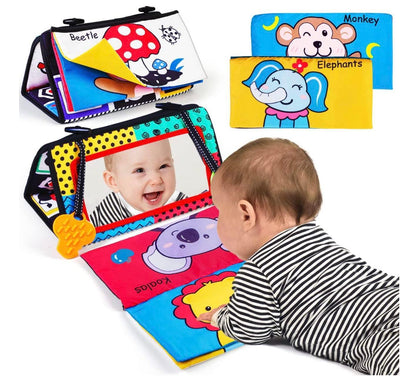LaLaLull Australia vs. Grimm's Wooden Rainbows
When examining LaLaLull and Grimm's wooden rainbows, the key points of comparison are material composition, texture, and the educational philosophy underpinning each brand's design.
Material and Texture
Both brand use different hardwood (rather than softwood eg. pinewood) and water stain as resource, which is the most reason that they are expensive than others.
LaLaLull Australia:
LaLaLull Wooden Rainbow Collection utilizes basswood (Hardwood) for their rainbows, a material known for its smooth texture and even grain. It's a lightweight wood, making it suitable for children to handle.
LaLaLull employ water dying process, which requires handcraft process and more intensive labor work, but it can provide a more direct connection to the natural qualities of the wood.
Grimm's:
Grimm's typically uses limewood ((Hardwood) for their products. Limewood is revered for its soft, workable nature while remaining robust for play.
The textures of Grimm’s rainbows are characterized by a matte finish, giving a natural, tactile sensation that supports sensory development.
Color and Sensory Appeal
LaLaLull Australia:
The colors of LaLaLull's wooden rainbows are bright and deeply saturated, likely dyed with non-toxic stains to ensure child safety.
The absence of a glossy finish on LaLaLull's rainbows may make them less reflective, which could be more comfortable for children's eyes and less distracting during play.
Grimm's:
Grimm’s rainbows are renowned for their earth-toned, subdued colors. These are achieved through the use of non-toxic, water-based stains, preserving the natural wood texture.
The matte finish of Grimm's rainbows enhances grip, aiding in the construction of stable structures during play.
Educational and Play Value
LaLaLull Australia:
The bright, contrasting colors of LaLaLull's rainbows are likely to engage children's visual senses and can be used in lessons about color identification.
The natural texture of basswood can facilitate sensory exploration, which is beneficial for young children's tactile learning.
Grimm's:
Grimm’s wooden rainbows encourage a connection with nature through their use of limewood and natural finishes. The subtle colors and textures may promote calm and focused playtime.
The physical properties of limewood might offer a slightly different challenge in balancing and stacking, beneficial for developing fine motor skills and spatial awareness.
Conclusion
LaLaLull's use of basswood and bright colors provides a sensory-rich experience that can stimulate visual and tactile development. The natural finish preserves the wood's inherent qualities, promoting a direct engagement with the material. In contrast, Grimm's limewood rainbows, with their matte texture and muted colors, encourage a different kind of play, potentially fostering creativity and concentration. Both brands offer high-quality, safe options for educational play, with the choice between them hinging on personal preference for material feel and color aesthetic.
